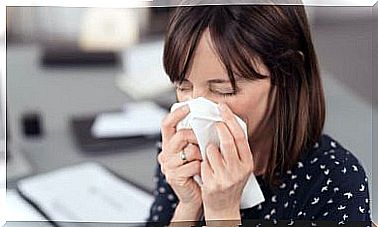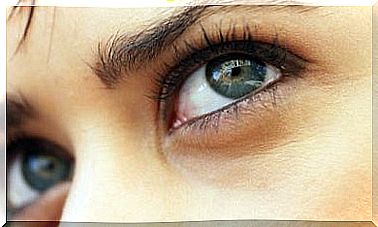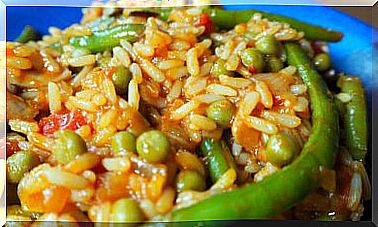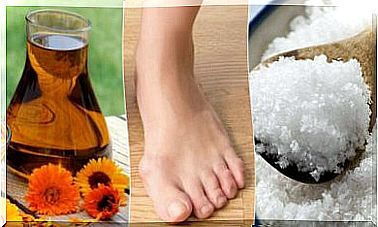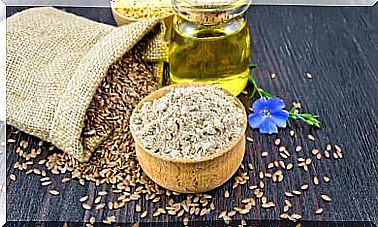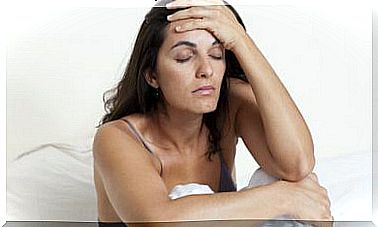Crohn’s Disease: Symptoms And Treatment
You may have heard of Crohn’s disease or even know it first hand. Many people suffer from it and have to adapt their lives to Crohn’s disease. This inflammatory bowel disease not only affects the functioning of the digestive system, but also all its parts, from the mouth to the rectum. It is important to know its symptoms, so we recommend this article so that you know a little more about Crohn’s disease.
Today the cause of this disease is still unknown. It is a condition that causes inflammation that becomes chronic and affects the intestinal walls by thickening them. Let’s look at it carefully.
What is Crohn’s disease?
Crohn’s disease is primarily an irritation or swelling of any part of the digestive tract. It affects us in two ways: inflaming the small intestine or manifesting as ulcerative colitis in the large intestine, colon and rectum. The accumulation of scar tissue within the intestine causes food and stool to pass slowly through the digestive tract causing pain, cramps and diarrhea.
Who suffers from this disease
Unfortunately, we can all develop Crohn’s disease and it occurs to the same degree in both women and men. However, scientists suspect that it has a hereditary basis and usually manifests in young adults between the ages of 16 and 40.
Cause of Crohn’s disease
Currently, research is continuing to understand the origin of this disease. Today, it is known to result in an incomprehensible alteration of the immune system that suddenly attacks harmless bacteria and viruses. During the attack, white blood cells build up in the intestinal lining. These end up accumulating and creating scar tissue there and cause chronic inflammation and injury.
What symptoms does Crohn’s disease have?
The symptoms of this disease depend on the gastrointestinal area that is affected : mouth, large or small intestine, rectum, etc. They can appear suddenly and then disappear or remain painfully for a long time. The symptoms are usually the following:
- Belly pain, cramps
- Tiredness
- Fever
- Little desire to eat
- Weightloss
- Pain when going to the bathroom
- Constipation
- Inflammation of the eyes
- Pus fistulas in the rectum area
- Mouth ulcers
- Inflammation, joint pain
- Skin sores
- Swollen gums in the mouth
What tests diagnose Crohn’s disease?
Since the symptoms could lead to confusion, our doctor will decide what tests are required to obtain a proper diagnosis. Therefore, the normal thing is that they are carried out:
- Blood test
- Colonoscopies
- Computed tomography (CT)
- Radiographic series of the abdomen (x-ray)
Treatments
Typically, the following medical resources are used to treat Crohn’s disease:
- Anti-inflammatory and anti-diarrheal medications: to relieve inflammation, pain, and diarrhea.
- Steroids : they are used for a very short time, because they usually cause serious side effects.
- Immune system suppressants such as azathioprine: prevent the immune system from attacking healthy parts of our body.
- Antibiotics : used to treat bacteria build-up in the small intestine.
Diet and nutrition
Unfortunately, diet does not solve the problem of Crohn’s disease. However, it can alleviate inflammation, pain, and provide us with a better quality of life as much as possible. Nutritionists recommend the following:
- Taking vitamin B12 supplements: it will help us to alleviate many of the symptoms, it will prevent anemia and inflammation, strengthening our immune system.
- Ingest calcium and vitamin D: they will help us to better perform our basic functions.
- Drink plenty of water, small amounts throughout the day.
- Avoid foods rich in fiber, it is not suitable for inflamed intestines.
- Do not eat greasy, fried, or sauces.
- Limit dairy. They are difficult to digest and cause pain.
- Avoid foods that cause gas.
Do not hesitate to consult your doctor if you think you have any or more symptoms of this disease.
